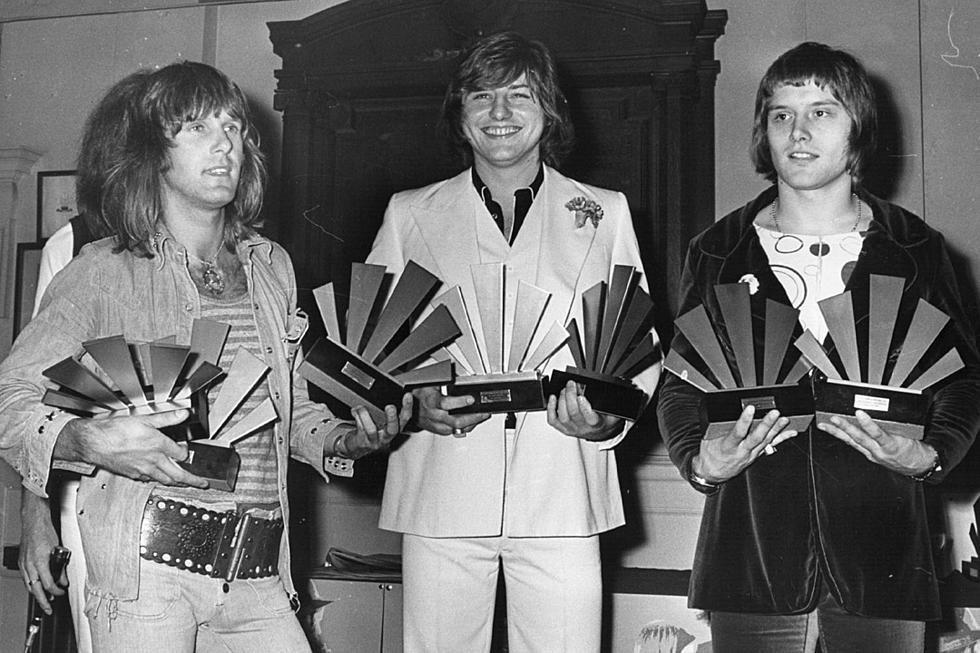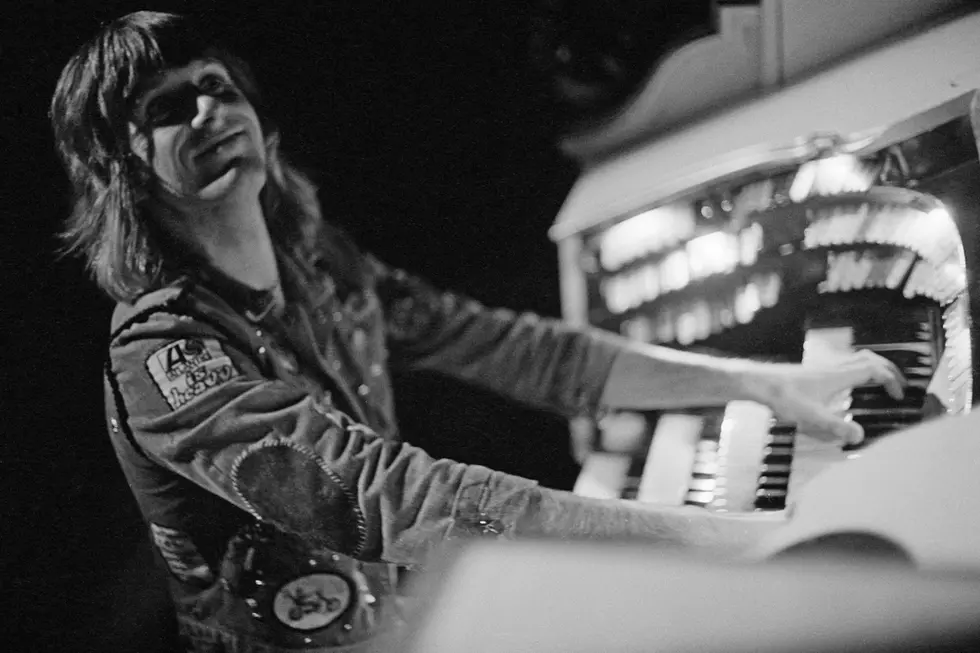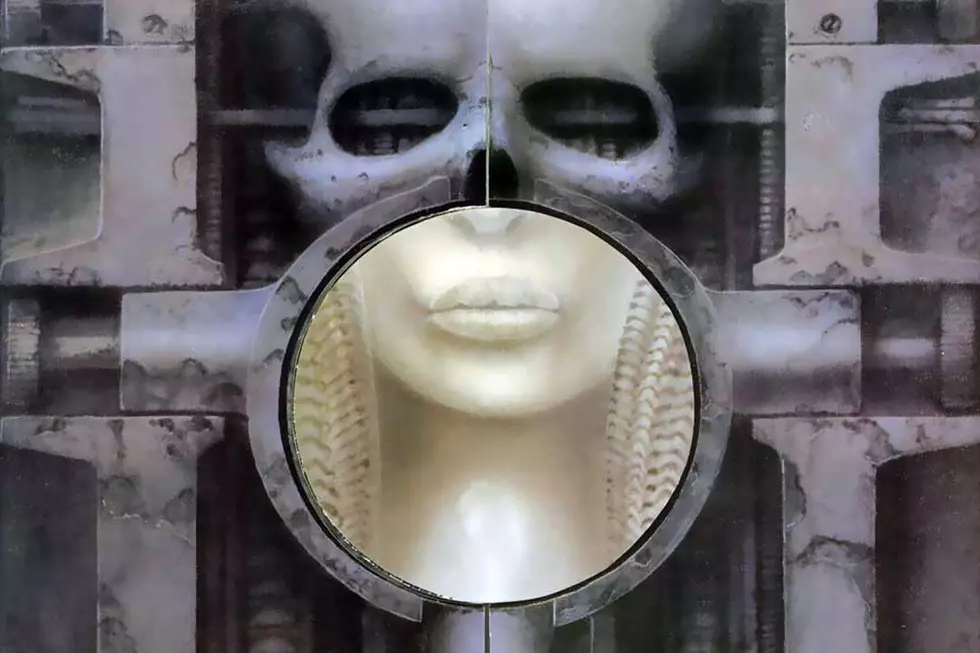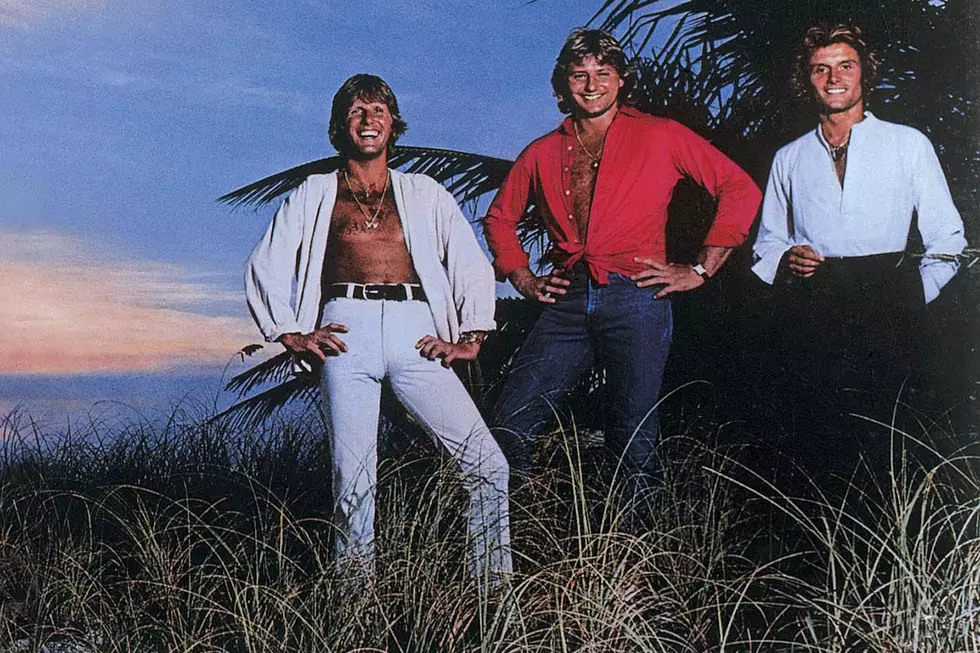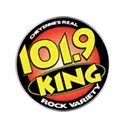
How Keith Emerson Changed the World
When Keith Emerson passed away on March 10 at the age of 71, he left behind a world that would have been vastly different without him. Between his work with the Nice in the ‘60s and Emerson, Lake and Palmer in the ‘70s, he not only wrote the book when it came to progressive rock, he did more than anyone else in the rock realm to push keyboards to the forefront as a lead instrument capable of challenging the hegemony of the guitar. In the course of those missions, he also became one of the most influential figures in the popularization of the synthesizer, and one of the instrument’s first virtuosos.
Keith Noel Emerson was born on Nov. 2, 1944 in Yorkshire, England, well before the end of World War II, and it's entirely possible that the sturm und drang of the war’s final months had a formative effect on an infant Emerson’s mind. Considering the degree of boom and ballast (not to mention occasional outright martial themes) loaded into some of his larger-than-life ELP compositions, it doesn’t seem like an outlandish idea.
In terms of more strictly musical influences, the young Emerson had his head turned around by everything from country pianist Floyd Cramer’s “On the Rebound” to the tongue-in-cheek classical/rock merger of B. Bumble & the Stingers’ Tchaikovsky-meets-Little Richard novelty hit “Nut Rocker,” which ELP would eventually cover. Jazz was a huge part of Emerson’s musical education too, and Dave Brubeck, Jimmy Smith, and Jack McDuff loomed large on his list of heroes. He would come to call “Rock Candy,” the opening track of 1963’s Brother Jack McDuff Live!, the one that started it all for him. (He’d eventually cover that one too).
But one of the most obscure influences on Emerson is also one of the most important: Don Shinn, a little-known British organist. Shinn was a contemporary of Emerson’s who was already incorporating ideas in the mid-‘60s that Emerson would adopt later, from merging jazz, classical and rock to engaging in outlandish onstage antics with the Hammond organ. Describing a Shinn performance at the Marquee, Emerson once said, “halfway through it he sort of shook the L-100, and the back of it dropped off. Then he got out a screw driver and started making adjustments while he was playing. ... I guess seeing Don Shinn made me realize that I'd like to compile an act from what he did. He and [Jimi] Hendrix were controlling influences over the way I developed the stage act side of things."
One of the most important early notches on Emerson’s belt was his work with mod R&B outfit Gary Farr & the T-Bones, with whom he played from late 1965 to late ’66, hanging around long enough to cut the single “Together Forever” (initially unreleased) and get captured on video playing a revved-up version of “Rock Candy.”
When that band split, Emerson moved over to the V.I.P.’s (who would eventually morph into Spooky Tooth), working with them from late ’66 into 1967, until he hooked up with guitarist Davy O’List of the Attack and the old T-Bones rhythm section of bassist Lee Jackson and drummer Ian Hague. Together they became the backing band for American soul singer P.P. Arnold, an ex-Ikette from the Ike & Tina Turner Revue. That group was duly dubbed the Nice, and by the end of the year they had left Arnold behind to strike out on their own, replacing Hague with the more musically adventurous Brian Davison.
Debuting with 1967’s The Thoughts of Emerlist Davjack, The Nice mixed left-of-center psychedelia with jazz influences (the record featured an adaptation of Dave Brubeck’s “Blue Rondo a la Turk”). After O’List’s departure in 1968, the classical sounds Emerson was schooled in as a youngster came more to the fore, as the band adapted pieces by the likes of Bach and Sibelius, and Emerson started earning his own stripes as a modern classical composer.
But the Nice weren’t a bunch of high-minded aesthetes; despite their upmarket influences, they were rock ‘n’ roll wildmen. Especially Emerson, who utilized the opportunity of finding himself in a guitarless power trio to turn himself into the Hendrix of the Hammond. Making the most of that Don Shinn influence, he took the organ where nobody else ever dared, both musically and in terms of showmanship.
Becoming rock’s first real keyboard hero since Jerry Lee Lewis, Emerson wreaked every conceivable kind of havoc onstage with his instrument, sticking knives into the keyboard to sustain notes, literally rocking the instrument roughly back and forth, clambering over the top of it, playing it backwards from behind, pulling it down on top of him—you name it, he did it. And the rich, roiling, often distorted tone he pulled from his instrument went hand in hand with his theatrics. The group even got itself banned from the Royal Albert Hall when Emerson set fire to an American flag onstage during their irreverent, rocked-up version of Leonard Bernstein’s West Side Story tune “America.”
Watch the Nice Perform "America"
But ultimately, Emerson’s ambitions exceeded what singer/bassist Jackson and drummer Davison could keep up with. They played their final show in March 1970, and Emerson began building a new band. Emerson had already met Greg Lake three months earlier, when the Nice played on a bill with Lake’s band, King Crimson, at San Francisco’s Fillmore West, and the two had started hatching plans.
After auditioning a slew of drummers, including the Jimi Hendrix Experience’s Mitch Mitchell, Emerson and Lake settled on young firebrand Carl Palmer. Though still in his teens at the time, Palmer had already made a mark with both hard rockers Atomic Rooster and the Crazy World of Arthur Brown of “Fire” fame.
Appropriately for their expansive style, Emerson, Lake & Palmer began with a bang, playing their much-hyped debut performance at the August 1970 Isle of Wight Festival for well in excess of half a million people. Their self-titled first album was released that November, presenting a more fully realized version of the classical/rock/jazz fusion pioneered by the Nice, and serving notice to the world at large that the progressive rock era had begun in earnest. Emerson’s wailing Moog solo on the otherwise subdued Lake ballad “Lucky Man” marked the first time most listeners had ever heard a synthesizer, much less one played with such wild-eyed abandon.
Listen to "Lucky Man"
Over the course of their next four albums, Tarkus, Pictures at an Exhibition, Trilogy, and Brain Salad Surgery, ELP pretty much took over the world, racking up record sales and filling huge venues on both sides of the Atlantic, and crafting ever more complex prog epics, employing increasingly sophisticated technology and extravagant stage shows. But the egos of these three alpha males were always as outsized as their sound, and the tensions that arose early on only increased over time.
By 1977, Emerson, Lake, and Palmer wanted so little to do with each other that they released the double LP Works, on which each member got a side to himself and all three only played together on the fourth side. A grievously unprofitable 1977-’78 tour, complete with orchestra, to promote Works and its Vol. 2 follow-up didn’t exactly boost the band’s morale either. After the commercial and musical disappointment of ELP’s 1978 nadir, Love Beach, the members went their separate ways.
Emerson concentrated on film soundtracks for much of the ‘80s, scoring movies like Dario Argento’s Inferno and the Sly Stallone action vehicle Nighthawks, but in 1986 he reunited with lake for a new ELP outing, though the “P” this time around was drummer Cozy Powell. The trio’s self-titled album and subsequent tour piqued the interest of plenty of old fans, but the project was short-lived. In ’88, Emerson and Palmer joined with singer/guitarist Robert Berry to form yet another trio, helpfully called 3, for the album To the Power of Three.
Emerson, Lake and Palmer finally mended their fences in 1991, releasing Black Moon a year later and The Hot Seat in 1994 and touring internationally throughout the ‘90s, splitting again in ’98. Emerson continued with his soundtrack work as well as performing and recording with the Keith Emerson Band, featuring guitarist Marc Bonilla. In the spring of 2010 Emerson and Lake did a duo tour of the U.S. and ELP played a final concert that July as part of the High Voltage festival in London.
Subsequently, Emerson spent time focusing on classically oriented pursuits, performing and recording in orchestral settings. In latter years, hand troubles plagued his professional life, but he never stopped pursuing his vision. And even though we don’t have Emerson among us anymore, the countless artists he’s influenced and the ambitious, adventurous, life-affirming legacy he’s left us will provide plenty of succor.
Jim Allen wrote the liner notes for the ELP box set A Time and a Place, several other archival ELP live releases, and The Nice collection Diamond Hard Blue Apples of the Moon.
See Emerson, Lake & Palmer and Other Rock and Roll Hall of Fame Snubs
More From 101.9 KING-FM

